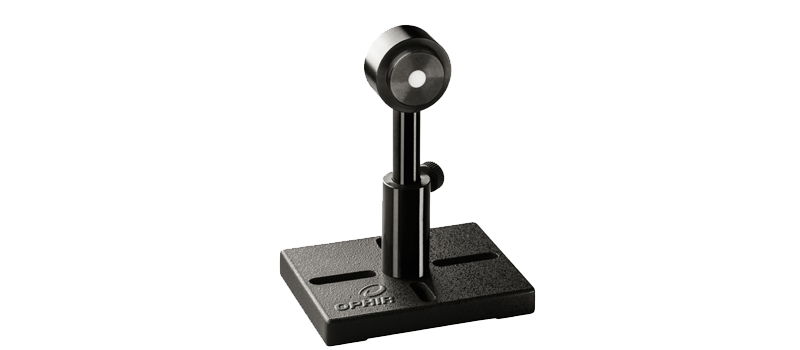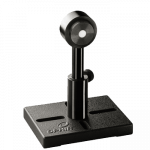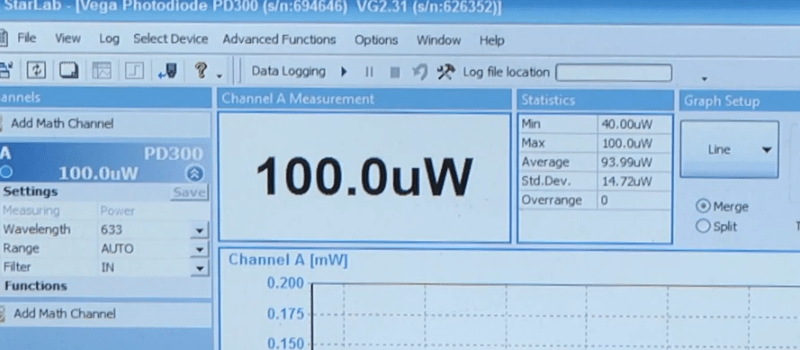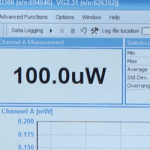The Worst Case Combinations Trap
Very often, a laser spec gives a range of values for various parameters – “Power from X to Y, Beam Diameter from this to that”, and so on.
Now we need to measure the laser beam and we need to choose the right sensor…
and here’s where the fun begins.
Let’s say the laser spec says:
- Pulse energy: 1mJ – 100J
- Pulse rate: 1Hz – 1000Hz
We might be cautious, and look for a sensor that can handle all of those numbers…but wait.
100J pulses at 1KHz – that means the average power is 100 KW!
Is that really the average power of my beam?
If it isn’t, then I’ve fallen into the Worst Case Combination Trap.
(Truth is, Ophir actually has a sensor that can measure powers up to 120KW!)
In some cases, the Ophir Sensor Finder tool can warn you when you’re heading toward that trap. That will only happen, though, when the worst case combination of parameters is technically impossible. In most cases – well, the Sensor Finder is a wonderful tool, but it only does MOST of the thinking for us.
When it happens, it is important to check what the actual “worst case combination” (or perhaps combinations) of conditions of measurement will be.
In our above example, imagine that your laser turns out to be limited to a maximum average power output of, say, only 200W (with combinations of pulse energy and rep rate limited by that). A quick “worst case combinations” sanity check can help save you from the “worst case combinations” trap, and help you choose the right sensor for the measurements you actually need to perform.












Leave a Reply
Your email address will not be published. Required fields are marked *